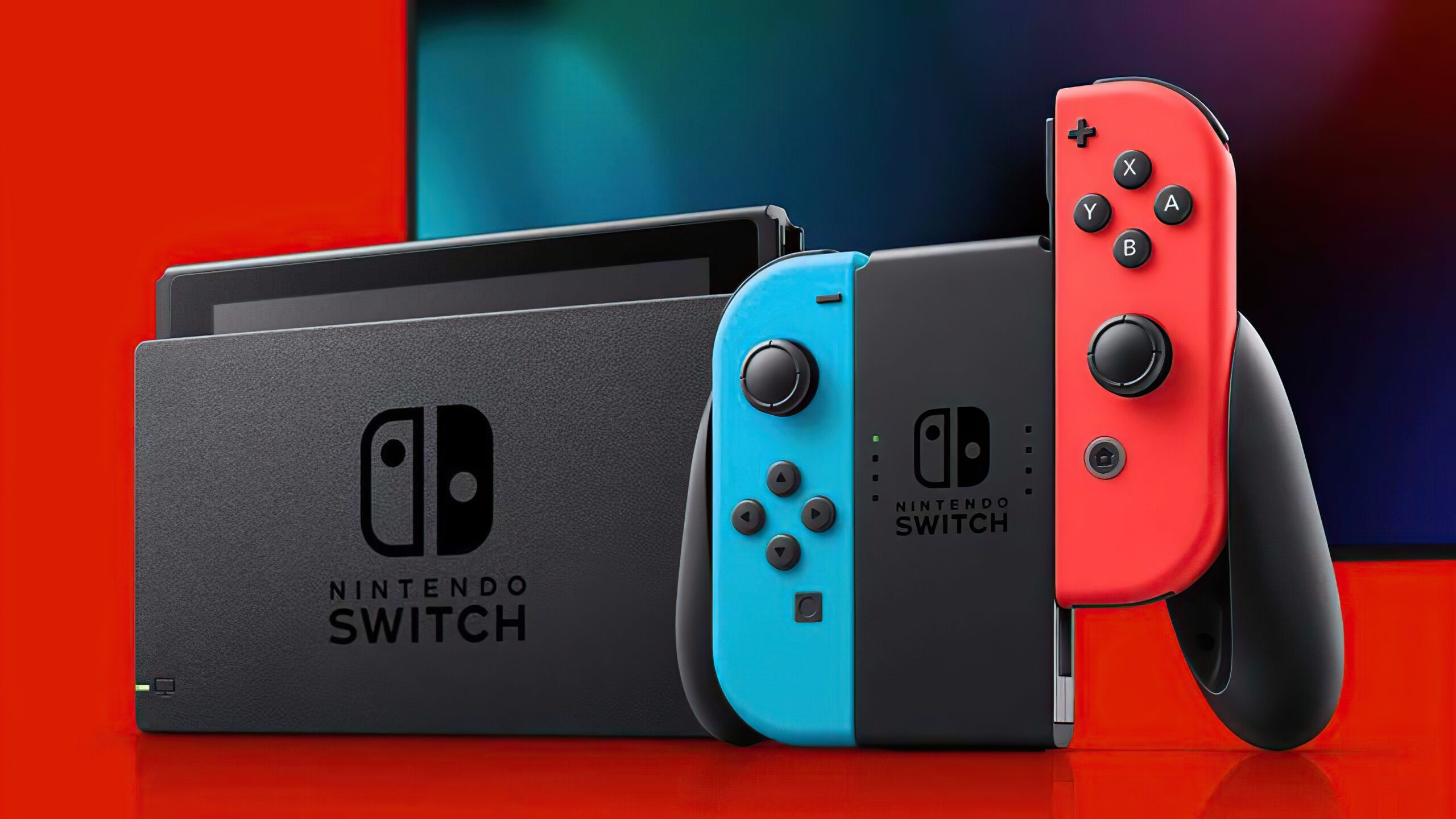
As we’ve moved further away from the initial release of the Nintendo Switch in early 2017, there has been a considerable amount of discussion and speculation regarding the inevitable successor to the system. Amongst Switch owners, there is a notable degree of apprehension concerning whether the upcoming “Switch 2” will support backward compatibility with the extensive library of games already accessible on the current Switch.
As of now, Nintendo has chosen to remain somewhat enigmatic in addressing this pivotal question. During an investor Q&A session, Nintendo’s President, Shuntaro Furukawa, made the following statement (partially translated by Twitter user Cheesemeister): “While our company continuously explores various specifications for future hardware, I will refrain from providing specific comments on future hardware at this time… Our company is committed to delivering distinctive gaming experiences through its integrated hardware and software ecosystem, so please anticipate what’s to come.”
Interpreting this non-committal response can be challenging, particularly given that Nintendo has yet to officially unveil any specifics about its next console hardware. However, in the same Q&A session, Furukawa did mention, “Regarding the transition from the Nintendo Switch to the next-generation system, we aim to facilitate this transition as smoothly as possible for our customers, leveraging the Nintendo Account.”
This isn’t entirely new information; Nintendo had previously indicated in a 2020 investor presentation slide that it intended to incorporate the Nintendo Account into its “Integrated Hardware-Software Next gaming system,” set to release in the future (“20XX”). Nevertheless, the emphasis on ensuring a “smooth transition” and the inclusion of a legacy account management system in Furukawa’s recent statement could be interpreted as a suggestion that Nintendo is planning to enable Switch players to carry forward their game libraries to new hardware.
Looking Back
Nintendo has a rich tradition of supporting backward compatibility in its handheld gaming devices. Each iteration in this lineage has been capable of playing games from the previous generation, spanning from the original Game Boy to the Nintendo 3DS line. In more recent times, the company extended this tradition to its home consoles, creating a chain of backward compatibility that connects the Gamecube to the Wii U. Remarkably, the Wii U even allowed players to enjoy downloadable games transferred over from the Wii.

Nintendo departed from its tradition of backward compatibility with the Switch, which amalgamated both of Nintendo’s hardware lines into a novel “hybrid” platform. Meanwhile, Microsoft and Sony increasingly emphasized the value of backward compatibility as a marketable feature for their latest Xbox and PlayStation consoles.
From a game development perspective, Shigeru Miyamoto of Nintendo remarked in November 2022 that in the past, transitioning software development environments to new hardware was challenging and made it impossible to play older hardware’s software without modifications. More recently, however, the seamless integration of these development environments across various hardware platforms has made it generally easier to establish an environment where software designed for previous hardware can be played on new hardware, as stated by Miyamoto.
Tech Talk
Certainly, implementing backward compatibility for the new Switch involves more than just software development environments and online account structures. The “Switch 2” will also need to find a way to make use of software designed for a completely different System-on-Chip (SoC).
In a notable video from March, Modern Vintage Gamer highlights the challenge posed by the Nvidia Tegra X1 chip that currently powers the Switch, utilizing the increasingly outdated Maxwell architecture from 2014. Even if Nintendo opts to stick with Nvidia chips (which seems probable), a new console would likely necessitate a fresh SoC based on a different architecture, possibly Ampere or even Lovelace.
The chip compatibility situation is further complicated by the way Nintendo’s Switch software bundles a complete Maxwell GPU driver stack and game-specific shaders with the software itself. Consequently, software designed for the Maxwell-based Switch hardware would not function on a non-Maxwell GPU without a complete recompilation.
There are potential solutions to address this issue, as outlined by Modern Vintage Gamer. Nintendo could adopt a strategy similar to Microsoft’s, utilizing a software-based emulation layer to support older hardware—a tactic that has been successful for unofficial Switch emulators on the Steam Deck. Alternatively, Nintendo could opt to integrate a full X1 chip onto the “Switch 2” motherboard, mirroring the approach used for certain portable consoles in the past. Additionally, individual games could be patched to function on the new hardware, although this may result in some gaps in support, given the extensive game library of the Switch.
A question of will
Setting aside technical concerns, the inquiry into Nintendo’s genuine intent to embrace backward compatibility for the “Switch 2” stands as a significant question. Many of the proposed remedies mentioned earlier entail additional expenses for Nintendo, whether in the form of developing emulation or patches, or bearing the physical costs associated with hardware enhancements. Moreover, achieving backward compatibility would necessitate the new system to seamlessly accommodate existing Switch controllers and adhere to the limitations of the Switch cartridge format (capped at a mere 32GB). These factors could potentially impose constraints on the design process.

Furthermore, there are indications that Nintendo may not prioritize backward compatibility highly when developing new hardware. In November, after Miyamoto mentioned the increasing ease of achieving backward compatibility in software development, he went on to emphasize that “Nintendo’s strength lies in our ability to create new and unique forms of entertainment. Therefore, as we move forward with new hardware releases, our focus will continue to be on offering fresh and innovative gameplay experiences that cannot be replicated on existing hardware.”
While this doesn’t amount to a categorical rejection, it also doesn’t wholeheartedly endorse the idea of preserving current Switch software libraries on future hardware platforms.
